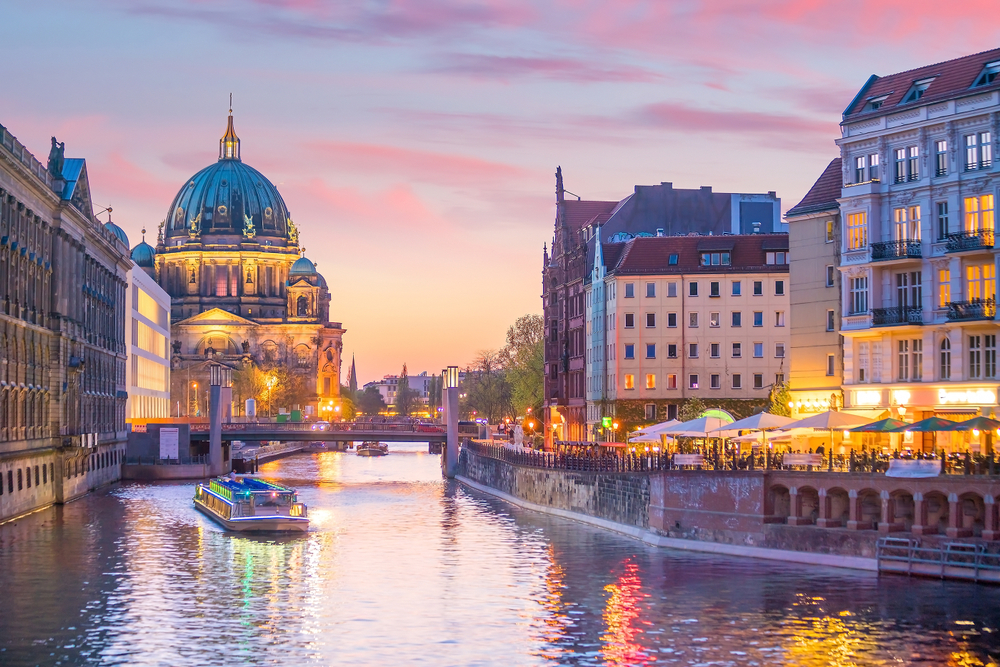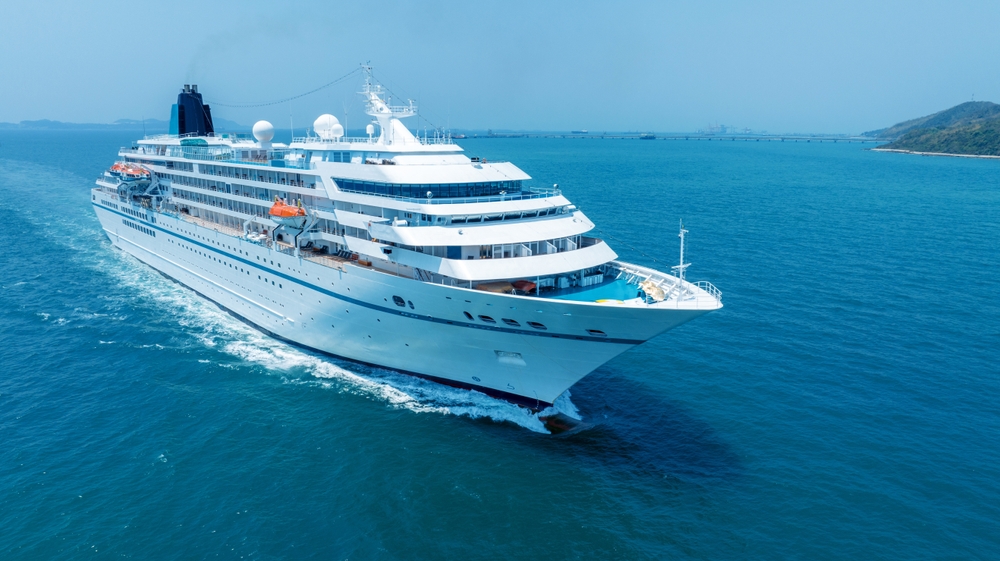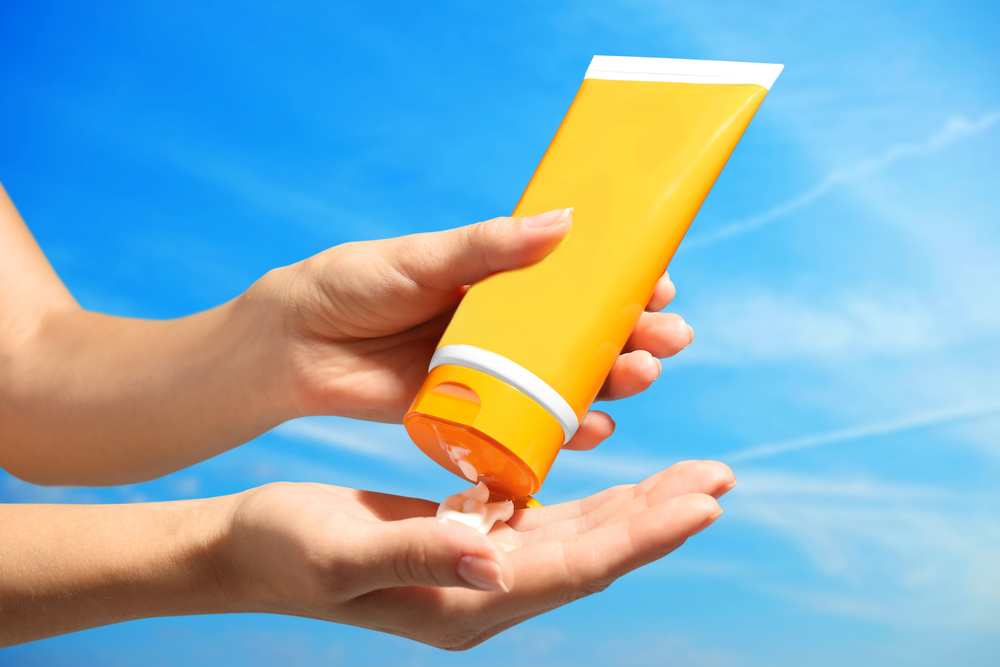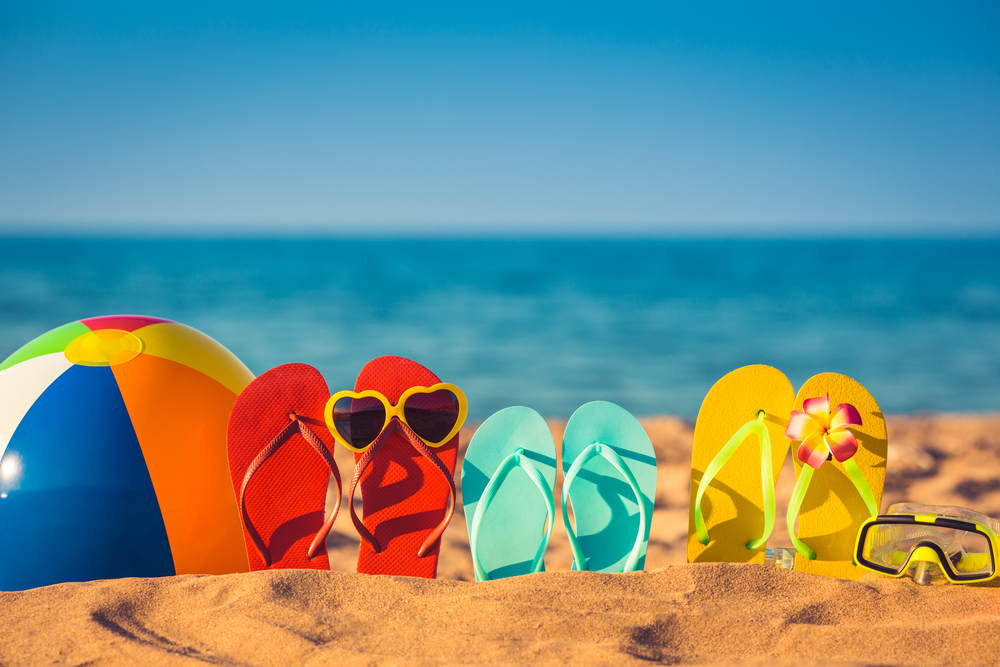From river beaches to outdoor art trails, these summer trip ideas offer great alternatives to crowded coasts and congested cities
We all like the idea of summertime in Europe – long, lazy days in the Mediterranean sunshine, whiling away an evening people-watching in local bars – but the reality is often much less romantic, with overtourism, sky-high prices and heatwaves blighting many a Euro Summer fantasy.
But it doesn’t have to be that way. To inspire your summer holiday plans this year, we asked writers across Europe to tell us about their favourite alternative summer trip ideas. From Croatia’s quieter island-hopping route to an Estonian spa break, here’s where to head for crowd-free bliss and unsung adventures right across the continent. You’re welcome.
The best alternative summer trips in Europe
1. Follow an outdoor art trail in the south of France
To avoid the swarm of summer tourists in Provence, I head to the region’s outdoor art spaces. In my hometown of Marseille, the Friche d’Escalette strikingly blends an industrial nineteenth-century lead factory with the natural paradise of Calanques National Park. Amble between hills and remnants of brick walls to see contemporary art like Jean Prouve’s movable pavilions.
North of Aix-en-Provence, Chateau la Coste is a sprawling 500-acre estate where a contemporary art walk weaves around rows of grapevines. Of the 40 works, I’m particularly fond of the recently installed Prune Nourry’s Mater Earth, an enormous pregnant woman emerging from a grassy field. After working up an appetite, my friends and I treat ourselves to fire-roasted food at Francis Mallmann’s restaurant.
Take the boat from Hyères to Ile de Porquerolles. Perched above idyllic beaches and breathtaking cliffs, Villa Carmignac houses rotating exhibits with top artists from Basquiat to Warhol. The best part? You walk around barefoot, just as you would on the nearby beaches. I’m looking forward to the Infinite Woman show this summer.
2. Relax on central Portugal’s inland beaches
Each summer, I escape the crowds of the Lisbon coast and head to the sandy river beaches of central Portugal for warm water, wild nature, and plenty of elbow room. There are numerous praias fluviais (river beaches) dotted around this under-the-radar part of Portugal, and during the summer season they’re equipped with lifeguards, sun loungers, and beach bars serving salty local olives washed down with dangerously affordable jugs of wine.
Flanked by forest-covered mountains and whitewashed hilltowns, these inland beaches are summer social hubs where swimmers, kayakers and paddle boarders can coast for miles. The hilly terrain is popular with mountain bikers, trail runners and hikers, and the most rewarding way to see the region is by river beach-hopping along a stretch of the Schist Trails, which wind their way between 27 traditional schist stone villages in 14 municipalities. Along the way, there’s hearty food and simple guest houses (do book in advance) to keep you fed and rested.
3. Cycle the Balkans
A journey of 2,000 miles starts with a single spin of your bicycle wheel at Kobarid, where Slovenia meets Italy and the Julian Alps lend a sense of drama. This is the departure point for the Trans Dinarica Cycle Route, a cross-Balkan bike trail opening fully in July 2024 to take in eight countries and connect all of former Yugoslavia plus Albania over 3,364km of mapped-out roads and pathways.
You may set out and tap out anywhere you like, of course, but following the emerald-green river Soča through Slovenia seems as gentle an introduction as any. Venturing into the Goriška Brda wine region allows you to sample the white Rebulas and Blue Pinots at bucolic hilltop wineries commanding panoramic views and suggesting you stay longer.
For an urban experience thrown in, the Tito-built city of Nova Gorica should give you your fill of heroic statuary and fractured history.
4. Spa away on Estonia’s Saaremaa island
The island of Saaremaa is one of Estonia’s best-kept secrets. Once home to Viking invaders and Scandinavian folklore, today it’s the perfect retreat to spa away in. There’s no shortage of spa hotels at affordable prices, replete with saunas and swimming pools, with the old town centre of Kuressaare having the highest number of spas per capita in the world. Once you’re refreshed, check out Kuresaarree castle with its star-shaped fort. Or take a gentle hike along deserted beaches and feel the cool Baltic Sea breeze. Spot pagan tombstones, ruins and the spectacular 7,600-year-old Kaali meteorite crater, a must-see at 22 metres deep. You can hop to Saaremaa in under half an hour via a tiny propeller plane from Tallinn airport, or take the longer, scenic route over land and ferry through western Estonia.
5. Tour Berlin’s sunset spots
Walking down Karl-Marx-Straße one summer in Berlin, a friend pointed to the top of a nondescript shopping centre. ‘You have to get up there for sunset,’ she said. So I trekked across the top-floor car park of the mall and climbed a concrete slope into a Kulturdachgarten club named Klunkerkranich, just in time to see the sunset’s orange light turning the Berlin TV Tower pink.
From here on out, the sunset-chasing addiction begins. In Friedrichshain-Kreuzberg, hike past the waterfall in Viktoriapark to reach the highest point in the city, and sit at the feet of the forbidding cast iron Prussian war memorial for the sunset. Picnic in the grassy expanse of Tempelhofer Feld as evening falls. Take an afternoon cruise down the River Spree for some sundowners, or above the water with street buskers at Oberbaumbrücke.
Berlin’s not often thought of as a summertime destination, but it’s during the warmer months the city is at its most sociable (and beautiful). Spend a long weekend hunting down its sundown lookouts, which are as varied – and often as eccentric – as its nightlife.
6. Hike a web of trails in Greece’s new Sitia Geopark
Staying in a cosy suite at Palazzo di Sitia, I spent a wonderful week in Sitia Geopark in the rarely visited eastern half of Crete island. One of Greece’s newest geoparks, it’s home to countless endangered species of flora and fauna; I saw a kettle of griffon vultures swooping low overhead as I clambered out of Zakros’ Gorge of the Dead, so-called because the Minoans once used the beehive of caves pocking the surrounding cliffs as a cemetery.
A 40-minute bus ride from Sitia town, the Unesco-classed Sitia Geopark stretches from Cape Sidero’s nineteenth-century lighthouse to the Minoan palace of Zakros. During my week here, I swam from the golden sand beach of Vai (home to Europe’s only palm forest), sampled Cretan stuffed snails and other local treats in family-run tavernas near Sitia town’s fishing harbour, and hiked off the calories along the Geopark’s web of thyme-scented trails.
7. Hunt for Albania’s Cold War bunkers
I’ll be the first to admit that spending your summer holiday hopping from one Cold War era bunker to another doesn’t have quite the same ring of romance to it as island hopping through Greece. But there are estimated to be around 170,000 of these grey concrete structures strewn across Albania, and visiting as many of them as possible will take you on an Indiana Jones-style adventure to all four corners of the country. Created under Albania’s former Communist dictator, Enver Hoxha, some of these bunkers – such as Tirana’s BunkArt – are enormous multi-storey, atomic bomb-proof structures that now house impressive art galleries or museums showcasing the horror of the Hoxha period. Most, though, are tiny, derelict structures tucked into forest glades, known only to a few farmers who were bemused but delighted to show a visitor these fading relics from Albania’s days of fear.
8. Road trip Scotland’s North East 250
I’ve driven the North East 250 many times. I call it Scotland in miniature, as it offers the very best of the castles, scenery, wildlife and whisky (most of the last one, actually) found elsewhere in the country, condensed in a 250-mile Aberdeenshire loop. On my most recent trip, I rented a luxury off-grid motorhome from Camplify named Vando, stopping at local campsites as I went around. In one afternoon I’d visit the grounds of the wonderfully restored Braemar Castle and tour Glenlivet distillery in the Cairngorms, ending on the beach in Portsoy with a fresh fish supper eaten out of the wrapper. The next day I’d follow the coast and see gannets and puffins at Troup Head, dolphins off Aberdeen Harbour and a 400-strong seal colony with a Wild Discovery tour of Newburgh Beach. On another day I’d hike the sprawling Glen Tanar pine forest, spot elusive ptarmigan at the Well of Lecht and take a chilly wild dip in Loch Muick. You could do all of this over a weekend, but why rush?
9. Go on a Copenhagen ice cream crawl
Ice cream might scream ‘Mediterranean beach resort’ more than ‘Scandinavian city’ but stay with me: Copenhagen’s ice cream scene, much like summer in this bijou city, is an underrated treat. When they’re not swimming in the harbour, dining alfresco and building sandcastles on the beaches half an hour away, sweet-toothed Danes will be eating ice cream.
In the summer you’ll find soft ice – the Danish term for Mr Whippy ice creams – everywhere. It’s concealed in pastries at Andersen & Maillard bakery, and shows up at Coffee Collective as a ‘coffee soft ice’, a tall swirl of vanilla ice cream dusted with chocolate powder on top of a dose of espresso. I love to cycle the city in search of the best ice cream. This summer I’ll be dropping into retro-themed Ismageriet in Kødbyen to try out each of its 32 flavours, as well as Aurora, trendy bakery Alice’s hyped new parlour in Carlsberg Byen.
10. Sail around Croatia’s lesser-known islands
By now many of us have sailed to Brač from Split for the price of a pint and jostled for a seat on the crowded deck of a state-run Jadrolinija ferry. But it needn’t be this way. The company’s newly introduced line 401, which sails from Zadar to a cluster of little-known islands, allows you to experience Croatia as it once was (to borrow the country’s own catchy marketing phrase).
First port of call, Ist, comprises a jetty and little else, making you wonder if the captain was picking up a relative. Next stop, Olib, offers a couple of restaurants and deserted beach by the harbour, while for a soupçon of civilisation, Silba boasts a shop and several private apartments. The next island over, Premuda, welcomes divers to its cove-indented coastline, and diners to the three restaurants on a land mass bigger than Gibraltar. Sailings leave at reasonable times. Take a book, some water and provisions, and you’re on your way.
11. Be a shepherd for a week in the Pyrenees
Picture the scene. You’re biting into a chunk of delicate brebis cheese (ewes milk cheese), made in the nearby stone shepherd cabin, and staring up at the ice-streaked mountains. The only sound in the mountain meadow is that of the bells hung around the necks of a herd of grazing sheep. The summertime life of a shepherd in the Pyrenees mountains is, you conclude, a life well lived.
Living out such a dream yourself might sound like an impossible aspiration, and had you tried to do so just a decade ago then you might have been right. Back then it seemed that the ancient transhumance lifestyle of the Pyrenees mountains, a gorgeously unspoilt spine of peaks separating France from Spain, was doomed to fade away. But recently there’s been something of a revival of the lifestyle, and many of this new generation of Pyrenean shepherds welcome guests to spend time with them, learning the art of one of humanity’s oldest crafts. You can learn about the shepherding life in the French Vallée d’Ossau, Vallée d’Aspe and in the high Pyrenees.



